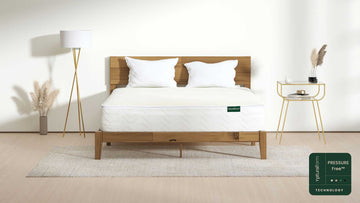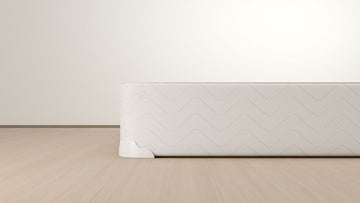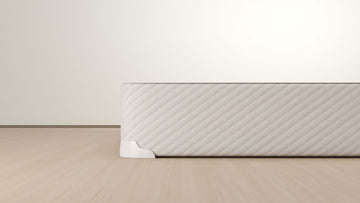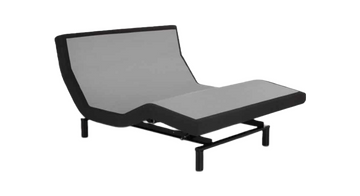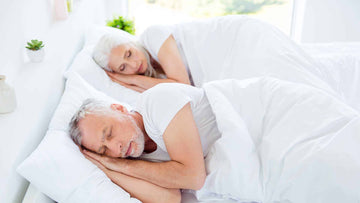About Spinal Stenosis
Spinal Stenosis is defined in the medical-field by the narrowing of the bone channel in the spine. The narrowing of these spaces can put pressure on the spinal nerves and spinal cord, and occurs most often in the neck and lower back.
Although the narrowing may occur in different parts of the spine, the nerve compression symptoms are similar.
How does Spinal Stenosis prevent sleep?
Millions of people experience back or neck pain due to conditions such as a or arthritis of the spine, spinal stenosis, a ruptured disc or disc protrusion. During sleep, lack of movement and motion allows for the body to remain in one position for long periods of time. This puts added stress on any component of your neck or back, which can potentially worsen these conditions.
When about a third of the day is spent in bed, it is critically important to have proper spinal alignment while we sleep, just as we would try to have good posture throughout the day while sitting or standing. Good spinal alignment is essential to alleviating spinal stenosis symptoms while sleeping, so that a person can reap the full benefits of a good night’s sleep.
What a good night's sleep looks like with Spinal Stenosis
Someone suffering from spinal stenosis often experiences numbness, weakness, pain and tingling, which can affect daily activities, including the ability to get a good night’s sleep.
Envisioning a good nights sleep with spinal stenosis includes joint pain alleviation. A good quality mattress is a fundamental investment to soothe pain and limit motion transfer during sleep. Some medical professionals have recommended sleeping in a reclining chair as a solution to relieving pressure on the nerves. But, there are plenty of mattresses that will meet your needs without requiring you to turn your living room into your new sleeping quarters.
What to look for in a mattress if you suffer from Spinal Stenosis
1. Materials
2. Firmness
Additional tips for Spinal Stenosis
Positions & Pillows
Try an adjustable base
What are the best exercises for Spinal Stenosis
Bicycle riding, swimming & even working with a trainer at your local gym are effective ways to help strengthen and increase your range of motion.
